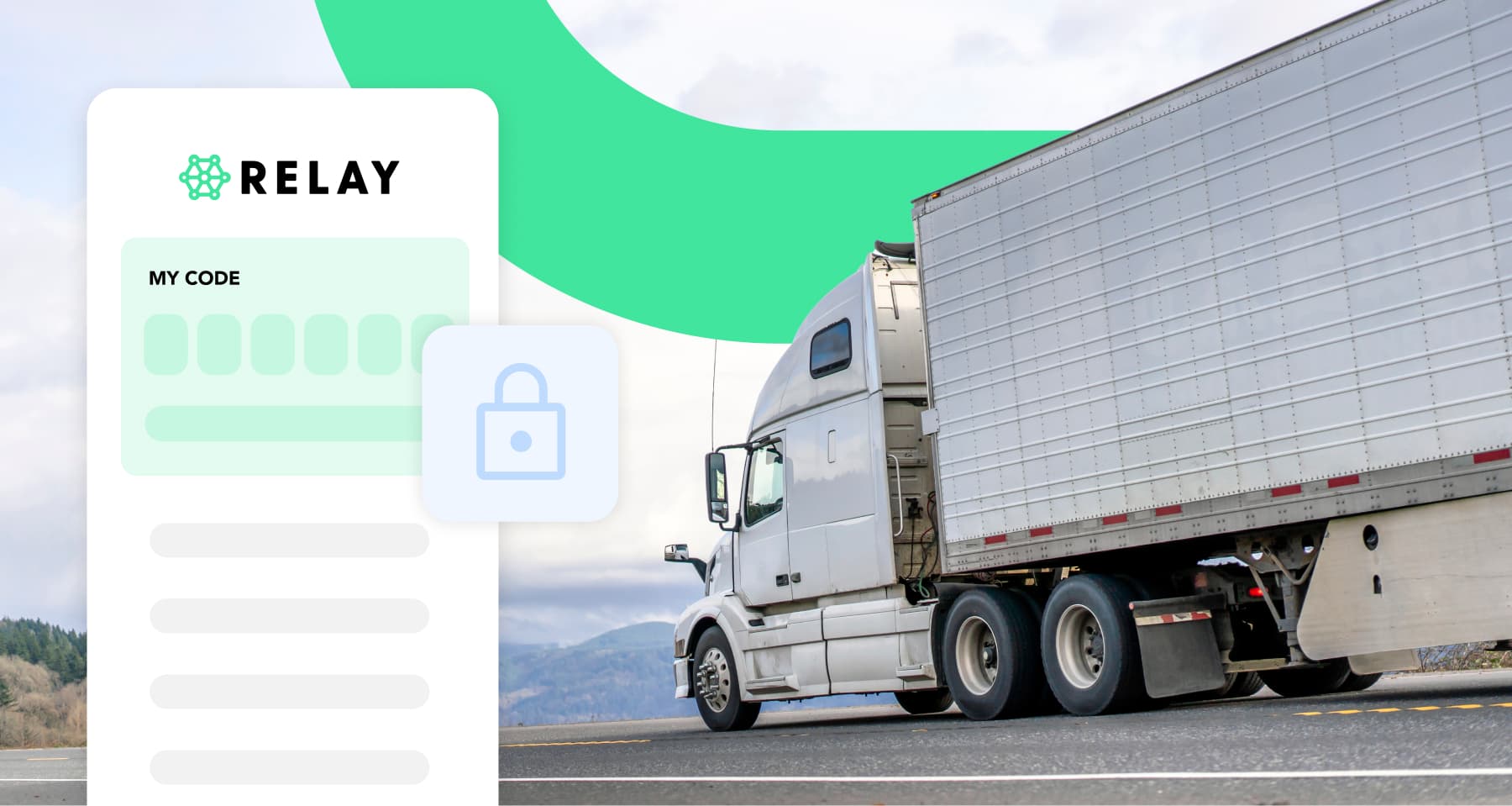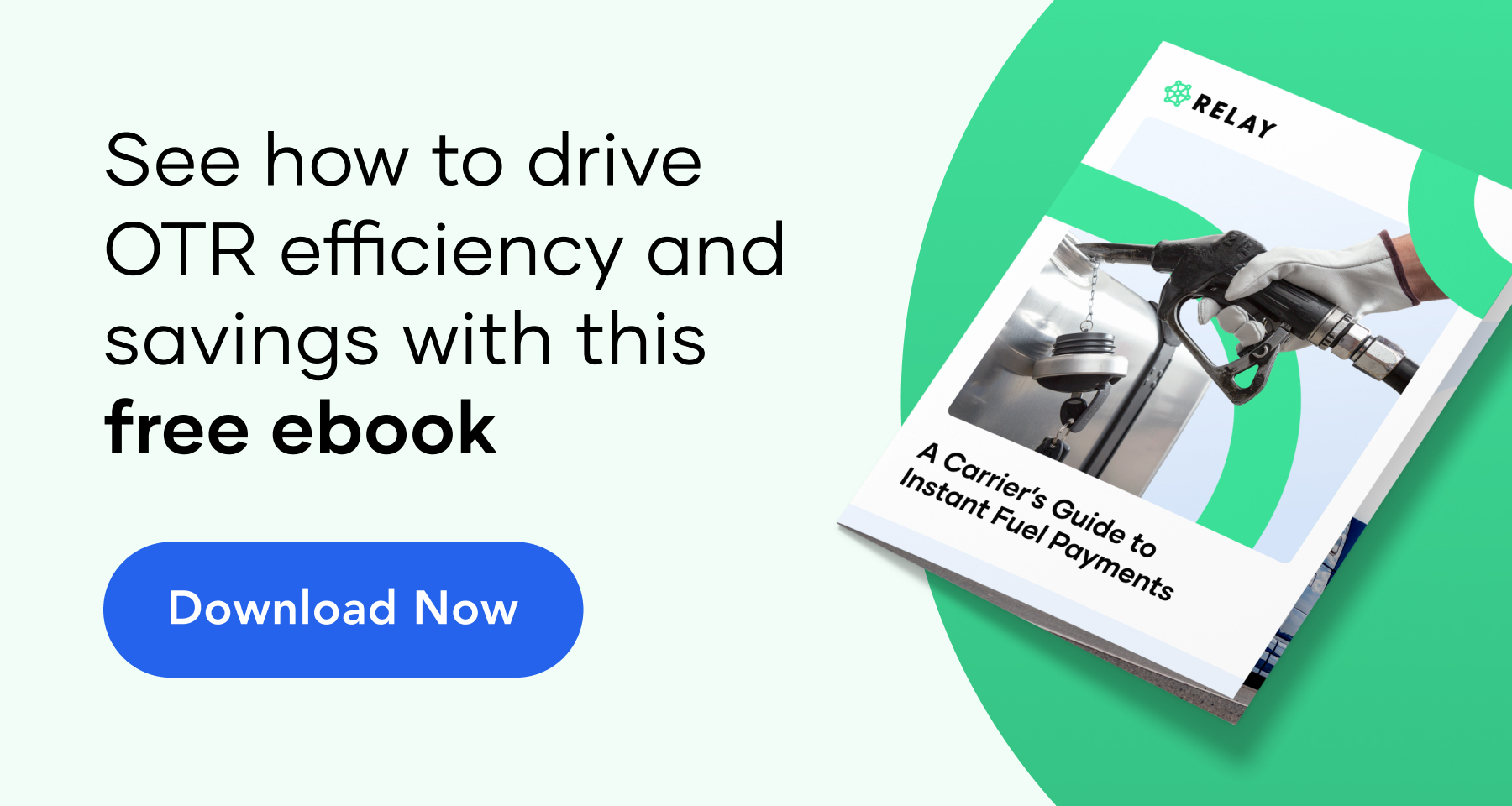While transportation and logistics have always been dynamic industries, the past few years have posed perhaps the biggest challenges ever faced by the companies and individuals responsible for keeping our economy moving every day. As newer pressures become normal, carriers are seeking more innovative ways to streamline operations and cut costs without compromising on service.
According to the 2023 Trucking Perspectives survey by Inbound Logistics, fully 70% of carriers said their greatest challenge is reducing transportation costs, and 51% reported feeling under pressure from customers and competition to drop their prices. With costs continuing to rise due to external factors like inflation and high energy prices, it’s critical for carriers to gain control of expenses where they can. Luckily, fully digital and secure payments are offering a solution.
5 ways digital payments cut costs for carriers
1. Faster payments keep trucks moving
When so much goes into planning shipment costs, delivery times, and driver routes, there’s nothing worse than losing hours on the dock because of delays in issuing payments to unloaders. Fully digital payments for unloader fees, fuel, maintenance and other over-the-road expenses helps keep drivers moving, letting carriers maximize every hour their trucks are on the road.
2. Streamlined operations add savings
From transportation management systems to electronic logging devices and more, recent advances in technology have helped carriers, drivers, and others across the industry to operate more efficiently. That efficiency adds up to cost savings in terms of time spent on more important tasks and reduced downtime for worker both in the office and on the road.
3. Card-free payments eliminate fraud
By eliminating physical fuel cards, digital payments let carriers side-step the most common method of fuel fraud: card skimming. Card skimming fraud was estimated to increase more than 700% last year, and the Association of Certified Fraud Examiners found that companies with fewer than 100 employees lost an average of $200,000 per fraud incident. Switching to fully digital payments for fuel and other over-the-road expenses helps carriers keep that revenue in the business.
4. Better driver experience boosts retention
Drivers are the backbone of any trucking business, and attracting, training and keeping good drivers has become increasingly difficult in recent years as the transportation and logistics industries make shifts to accommodate changes in the national economy. It’s important to not overlook the role of smooth systems and operations in retaining drivers and ensuring they are happy to stay with your company. A digital payment platform like Relay lets you set up new drivers in the system right away — they don’t have to wait to receive a fuel card or, worse, be out of pocket until their card arrives. Plus the app streamlines other OTR expenses, gets them off the dock sooner, means expenses and receipts are automatically synced with your office, and more to make drivers’ days easier.
5. Digital platform streamlines OTR payments
In-app, card-free, direct digital payments for fuel is just the beginning. Carriers can use a digital payment platform like Relay to better manage additional over-the-road expenses all in the one place. A real-time record of expenses across all drivers and jobs provides a big-picture view of outlay and activity, which can help carriers more accurately plan the months ahead.
As the trucking and logistics industries continue to modernize in step with today’s economy, carriers are under increased pressure to leverage tools that keep them competitive with other fleets and brokers, and attractive to drivers looking for a good place to work. Fraud-free digital payments are solving several long-standing issues in the industry and helping enable a more productive and more lucrative future for the companies that embrace them.


